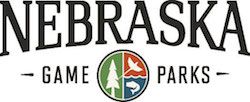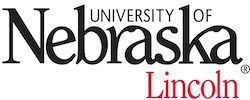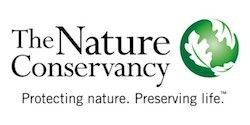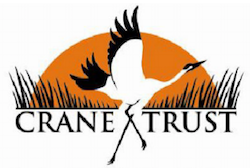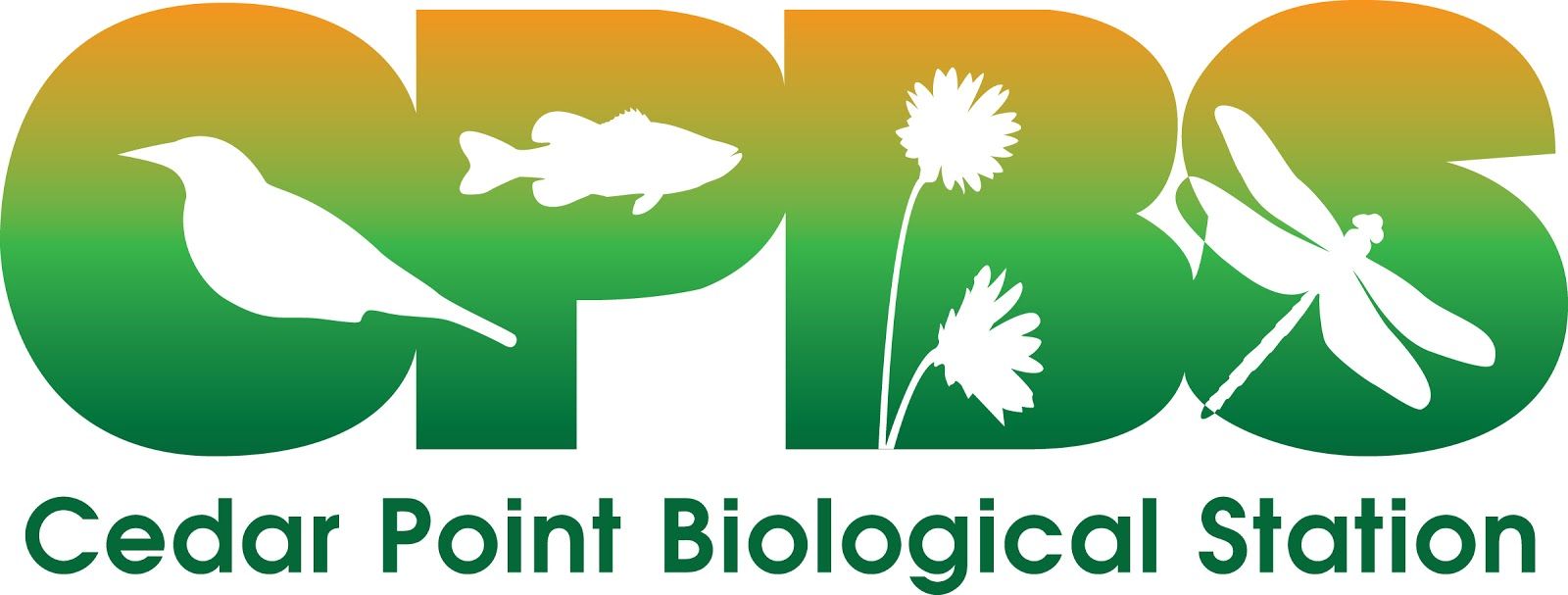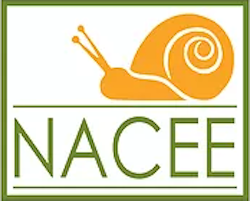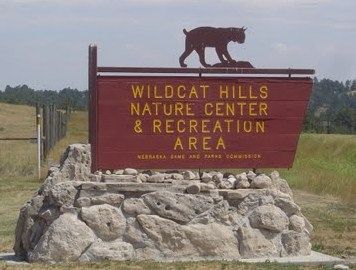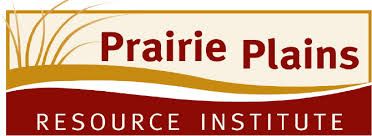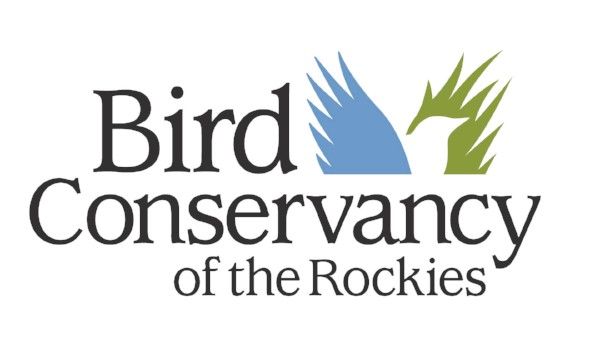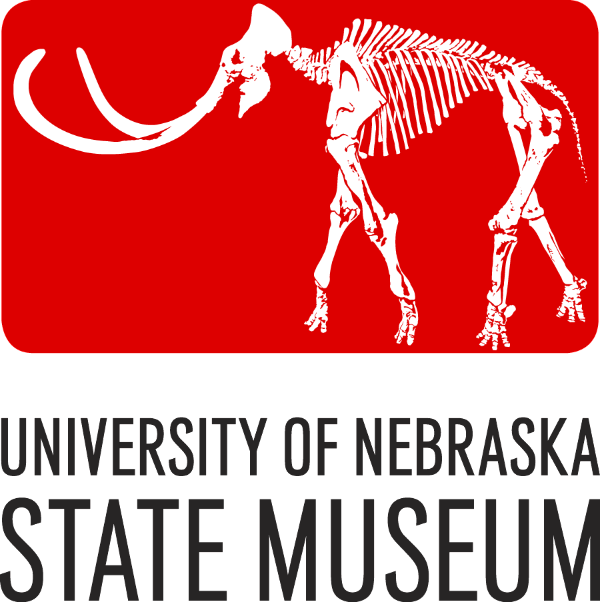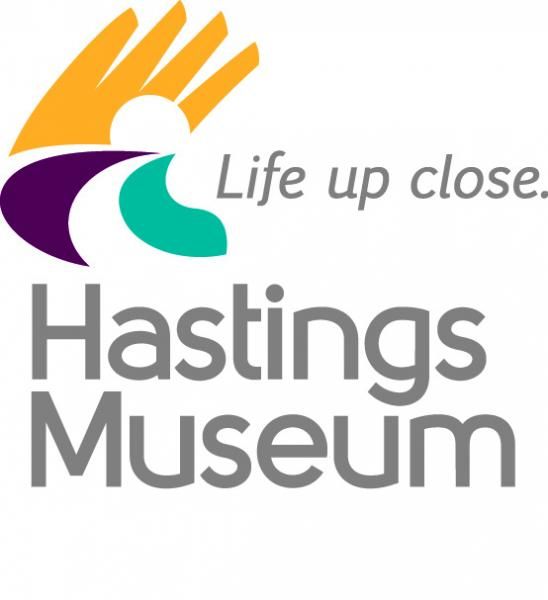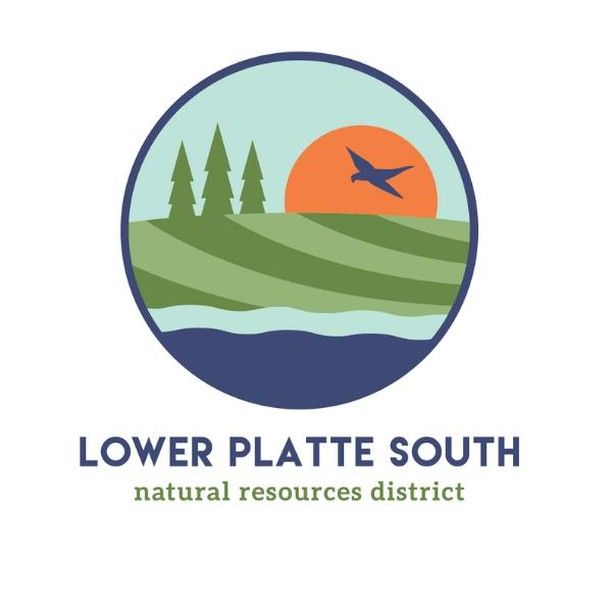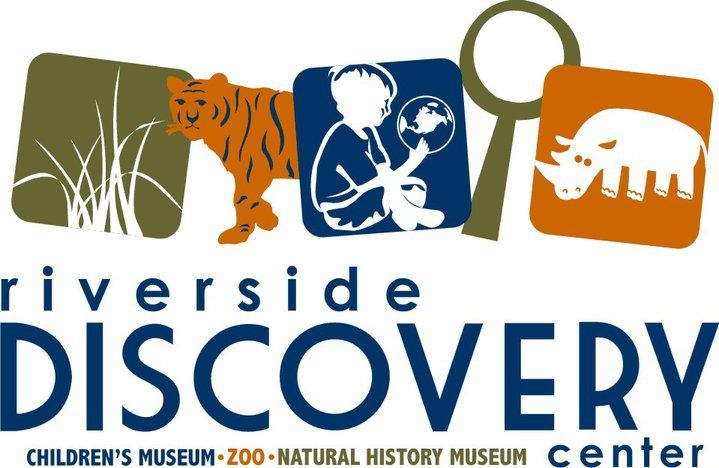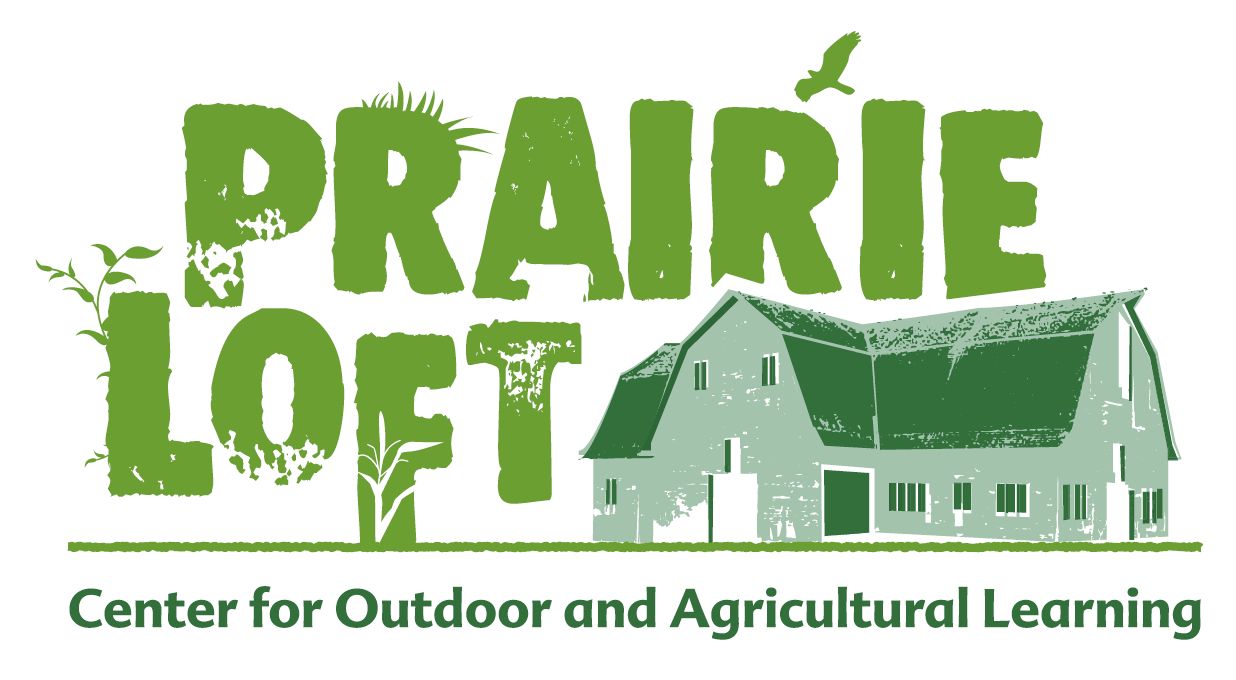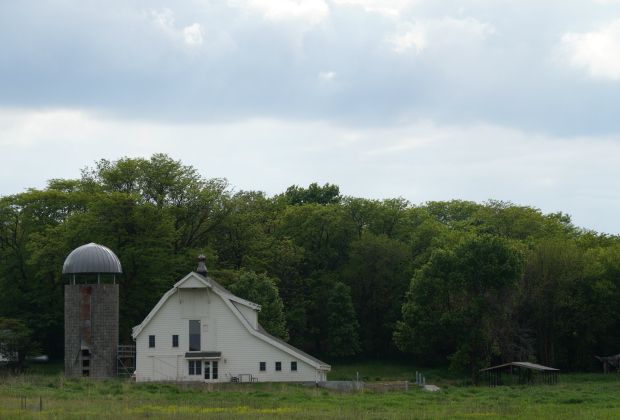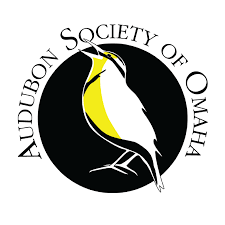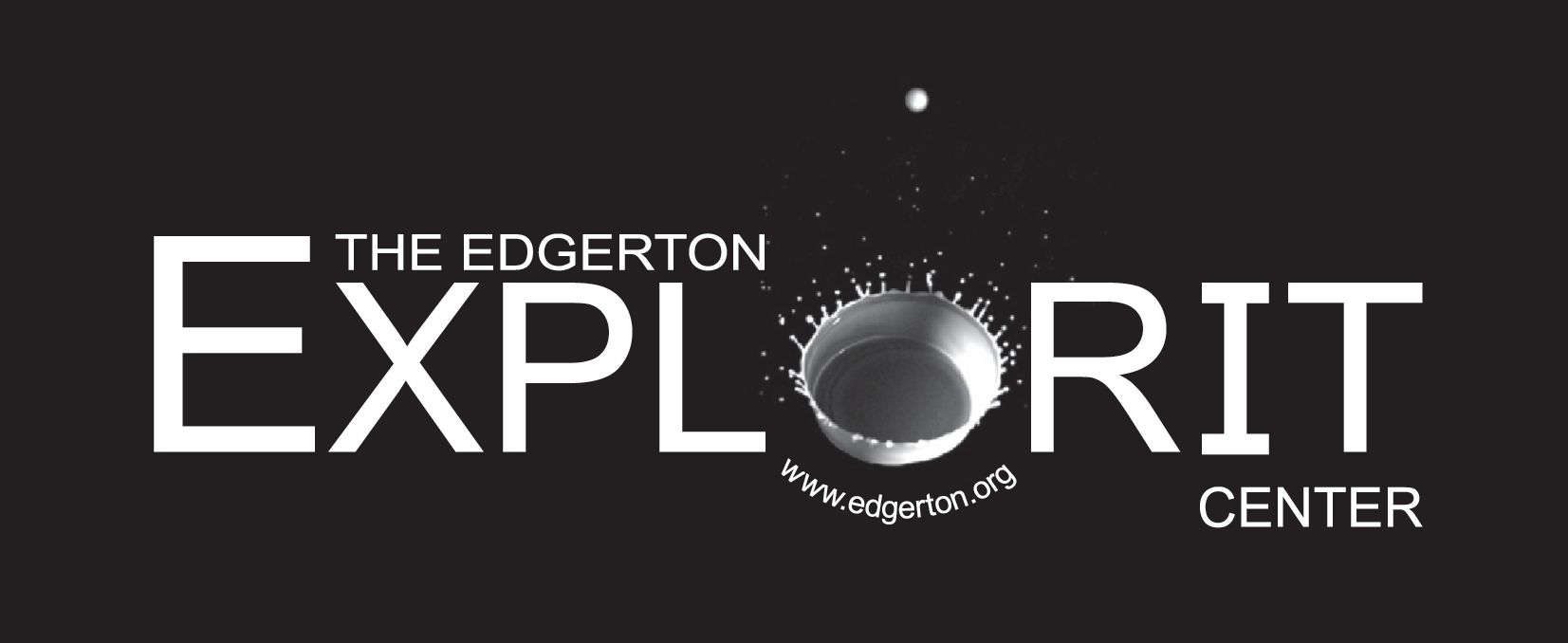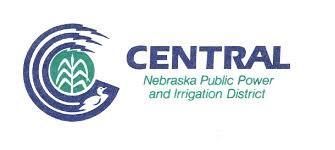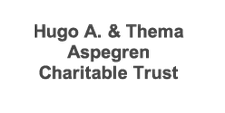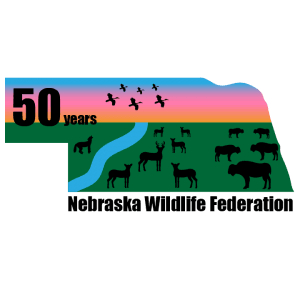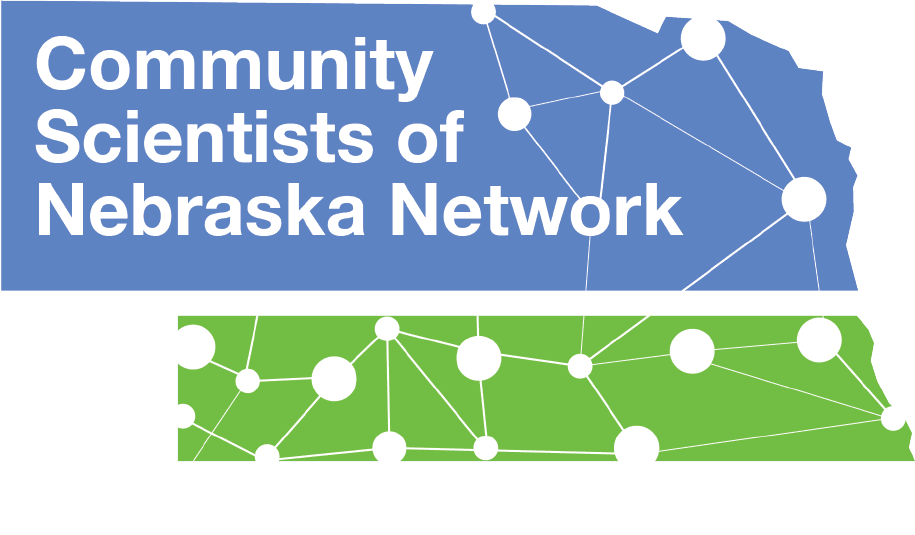CE: Pheasants Forever Pathway For Wildlife Habitat Studies Noontime Talk
The Nebraska Master Naturalist Program has partnered with Pheasants Forever Nebraska to help them in their Pathway For Wildlife (PFW) habitat studies. Please view list of potential projects below, this is a great opportunity for Nebraska Master Naturalists to assist in research and data collection across the state!
The NMNP will be hosting June’s “Noontime Talk” on June 16th at 12:00pm CST and we will be joined by Holly Mauslein and Nathan Pflueger of Pheasants Forever, who will be discussing The Pathway for Wildlife Habitat Studies. If you plan on attending please rsvp to Matt Jones mjones30@unl.edu by Monday June 14th.
Meeting Link:
https://unl.zoom.us/j/91749012808
Meeting ID: 917 4901 2808
Master Naturalist Pathway for Wildlife- Community Habitat Request
Background: Pathway for Wildlife (PFW) is a Pheasants Forever and Quail Forever of Nebraska habitat program built to offer incentives for enhancing wildlife habitat. Program participants apply specific wildlife and pollinator conservation practices that benefit pheasants, quail, grassland songbirds, monarch butterflies, native bees, and other wildlife. The program also aims to reduce soil losses, encourage soil health, and improve water quality. Three pathway options are available: pathway for grasslands, pathway for precision ag conservation, and pathway for community habitat. This research project with the Nebraska Master Naturalist Program aims to focus on the collection of quality data from Community Habitat Pathway locations. These urban green spaces are near city parks, colleges, libraries, churches and other frequently visited areas to encourage passers-by to monitor native wildflowers and the pollinators that use these spaces. The Nebraska Master Naturalist partnership will allow for Pheasants Forever and Quail Forever of Nebraska to monitor and evaluate the program’s seeding success rate, local awareness, and wildlife use.
Location: Locations will depend on current contracts across the state. These sites are approximately 1 acre in size and marked with Community Habitat Project Signs. Locations for study will be selected by proximity to the NE Master Naturalist Volunteer and their desired travel distance.
Contact: Interested parties should contact Holly Mauslein, Outreach & Communication Coordinator, at hmauslein@pheasantsforever.org or 402-975-5698.
Potential Projects:
1.) Entomology Research – The Pathway for Wildlife Community Habitat locations are seeded with a diverse wildflower mixture. A wide array of insects will be capable of breeding, hiding, and feeding on these locations. Pheasants Forever is interested in documenting species diversity, relative density within these plots, and species richness. Research will take place twice a month on the same location, between the months of April and October. Participants will utilize a phone app through Pheasants Forever to record their data. Surveys will be conducted via this app and selecting the insects present on checklist in a set timeframe. Photo identification will be helpful for identifying and recording additional data.
2.) Avian Research – Community Habitats through the Pathway for Wildlife Program have the potential for songbirds to use them in an urban setting. Pheasants Forever is interested in documenting species diversity, relative density, and species richness on these locations. Research will take place twice a month on the same location, between the months of April and October. Participants will utilize a phone app through Pheasants Forever to record their data. Surveys will be conducted via this app and selecting the insects present on checklist in a set timeframe. Photo identification will be helpful for identifying and recording additional data.
3.) Vegetation Research – Pathway for Wildlife Community Habitat locations are the smallest of the habitat development programs that Pheasants Forever offers. As such, studying the seeding success rates, species diversity, and species density, and species richness will be helpful for adjusting the program. Participants will utilize a phone app through Pheasants Forever to record their data. Surveys will be conducted via this app and selecting the insects present on checklist in a set timeframe. Photo identification will be helpful for identifying and recording additional data.
4.) Education and Outreach – Opportunities for Education and Outreach on Pathway for Wildlife Community Habitat locations will be plentiful as the program targets urban hotspots near city parks, colleges, libraries, churches and other frequently visited areas. Studying the number of individuals that might utilize an area at various times of the day will help us understand the impact of urbanized projects. In addition, pollinator, plant identification, insect experiences, and other education opportunities will create further opportunities for Pheasants Forever and Quail Forever of Nebraska and the Nebraska Master Naturalist Program to reach education and outreach goals towards their missions.
Partners to the Pheasants Forever and Quail Forever Pathway for Wildlife Program are:
Master Naturalist Cover Crop Request
Background: Historically producers farming in an agricultural dominated landscape have had little interest in the Conservation Reserve Program (CRP) or any perennial habitat program. With the lack of interest in creating perennial wildlife habitat from landowners, Pheasants Forever of Nebraska began looking at using cover crops within the agriculture landscape to create wildlife habitat on an annual basis. A lot of research has been done in the area of cover crops and how they benefit soil health, but little research has looked at cover crop benefits to wildlife on the landscape. Coming into year 3 of our Pathway For Wildlife (PFW) program, which Pheasants Forever utilizes as a program to put cover crops on the landscape, we are interested in studying the impact of our cover crops on wildlife.
Location: Counties eligible for the PFW cover crop program include Merrick, Polk, Butler, Hamilton, York, Seward, Clay, Filmore, and Saline.
**Field locations will depend on landowner interest and quality projects. All field sites have yet to be identified. Landowner consent for projects will be obtained from Pheasants Forever personnel. Additionally, all communication with landowners will take place through Pheasants Forever personnel and occur in a timely manner to ensure site visit.
Potential Projects:
1) Entomology Research – Many of the diverse cover crop mixtures hold a wide array of insect species and we are interested in documenting species diversity, relative density, and species richness of these PFW cover crop sites. Projects within this category can be as in depth as the individual prefers or as simple as taking pictures of insects and assisting in identifying them from home. For individuals interested in a more in-depth study, there is potential to compare the cover crop site to adjacent row crop agricultural field.
2) Camera Trapping – For this project Pheasants Forever is interested in documenting all wildlife species that are large enough to set off a camera trap. Individuals who are interested in assisting with this project will be assigned a site within their preferred travel area. There they will be responsible for deploying a trail camera and collecting the pictures at least once every two weeks. Individuals will look through pictures captured on the trail cameras and identify the species within them. No pictures should be deleted, removed, or otherwise relabeled. This ensures that all photos are saved for use within a larger data set. In order to maintain a scientific process, all trail cameras set should be done in a similar manner to ensure quality data collection.
3) Birding Opportunities – Pheasants Forever is interested in identifying avian species richness of the PFW cover crop sites. For this study individuals will be given a field(s) within their travel range where they can identify as many avian species as they can. Timing will depend on each specific project. Full season cover crops are usually planted mid-May while cover crops following small grain harvest are planted the first week or two of July. This study would target early spring planted cover crops and cover crops planted following the small grain harvest. The timing of these projects is important because there is potential for the cover crops to offer nesting habitat for some species and brood rearing resources for others.
If you are a Nebraska Master Naturalist interested in participating in these Pathway For Wildlife (PFW) habitat studies, please contact Precision Ag Coordinator Nathan Pflueger at npflueger@pheasantforever.org or call Work: (402) 362-5700, Cell (402) 646-5426.





